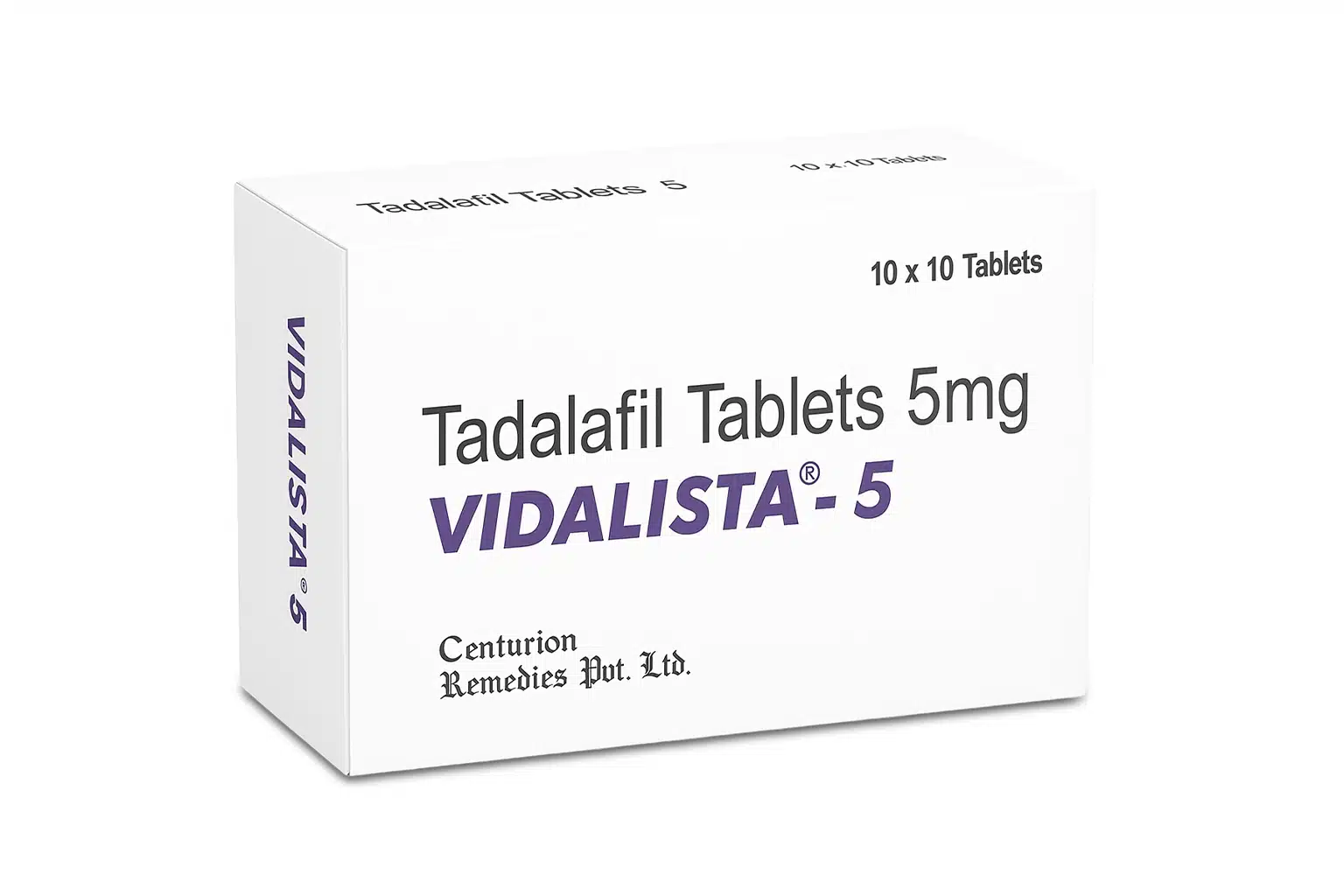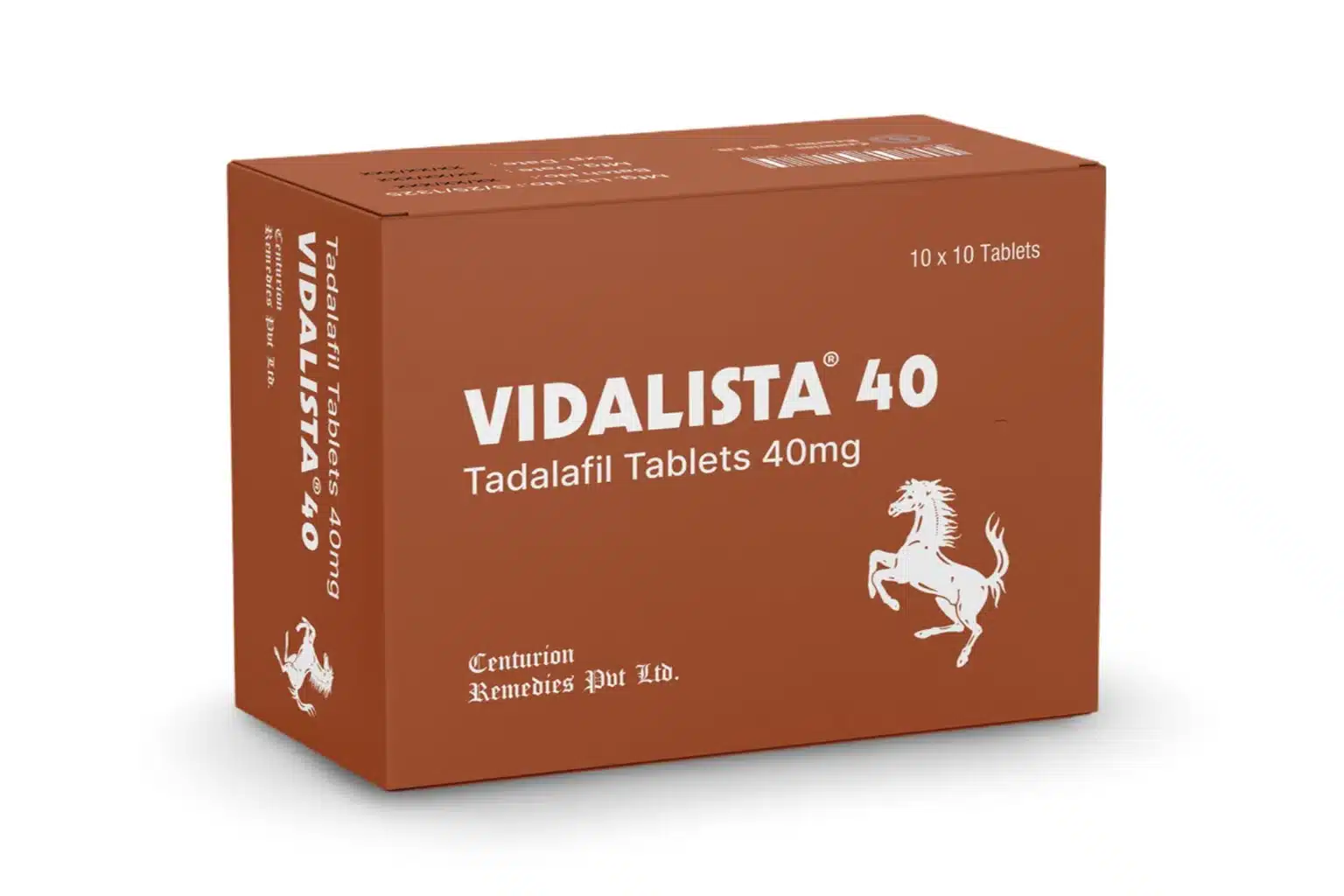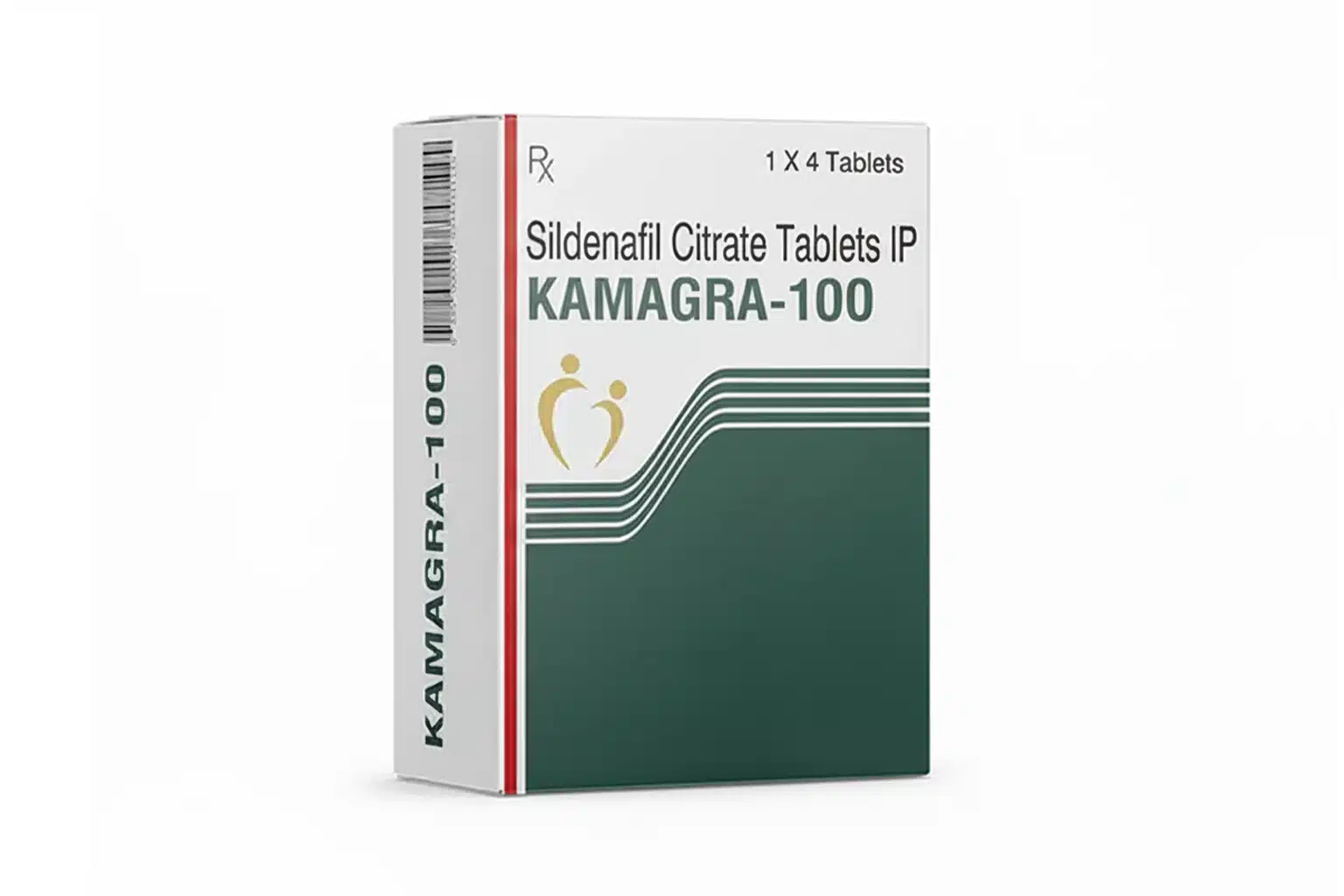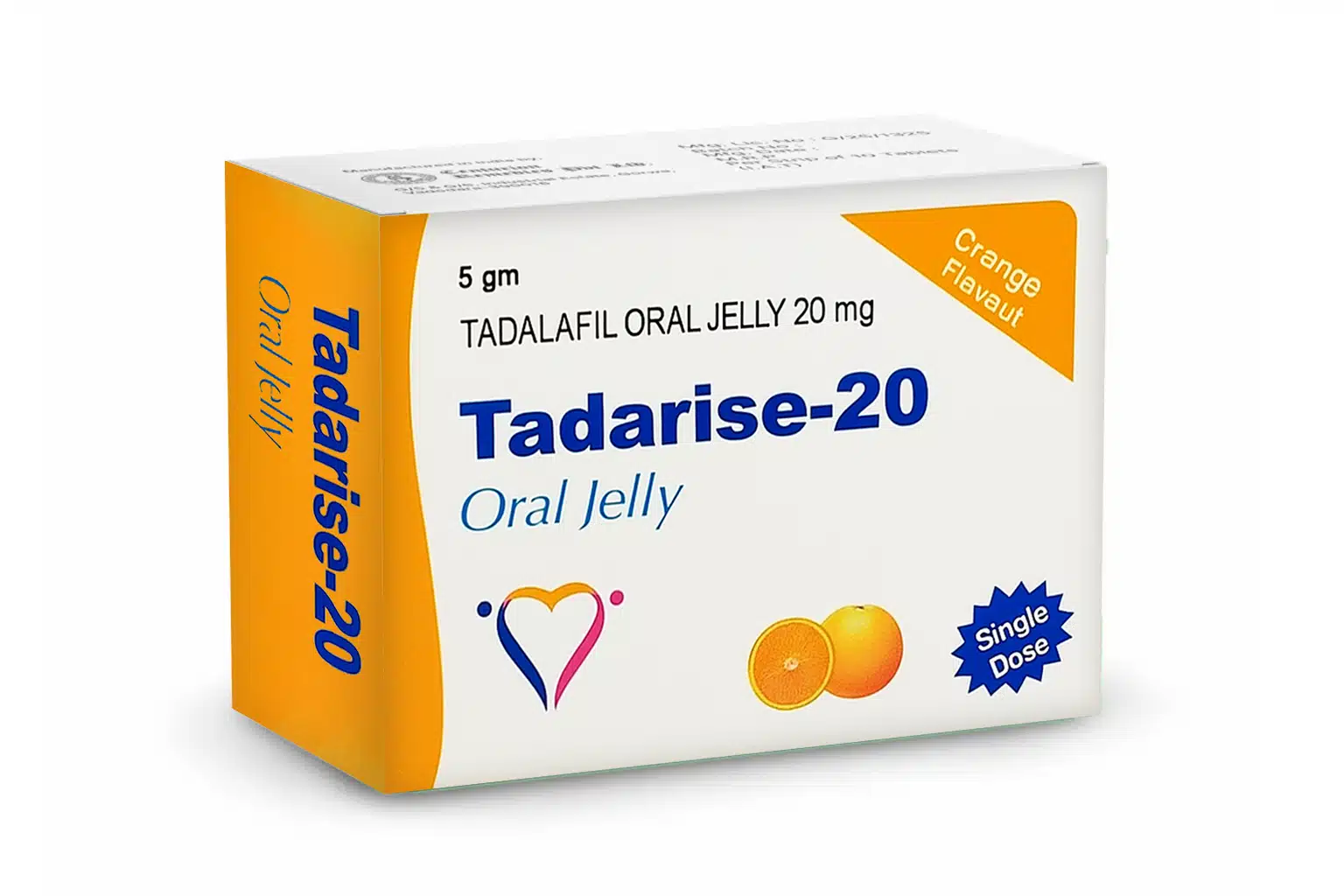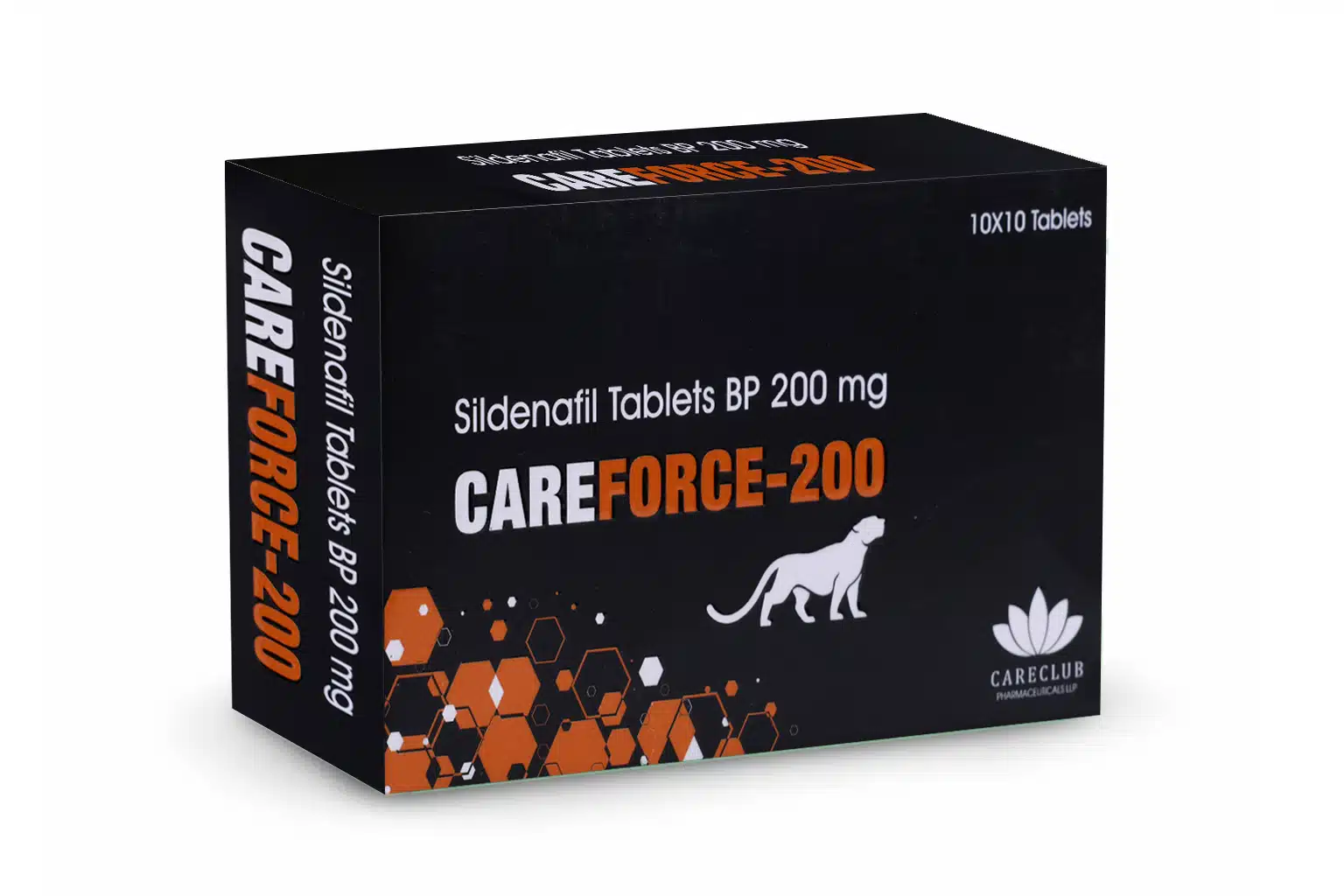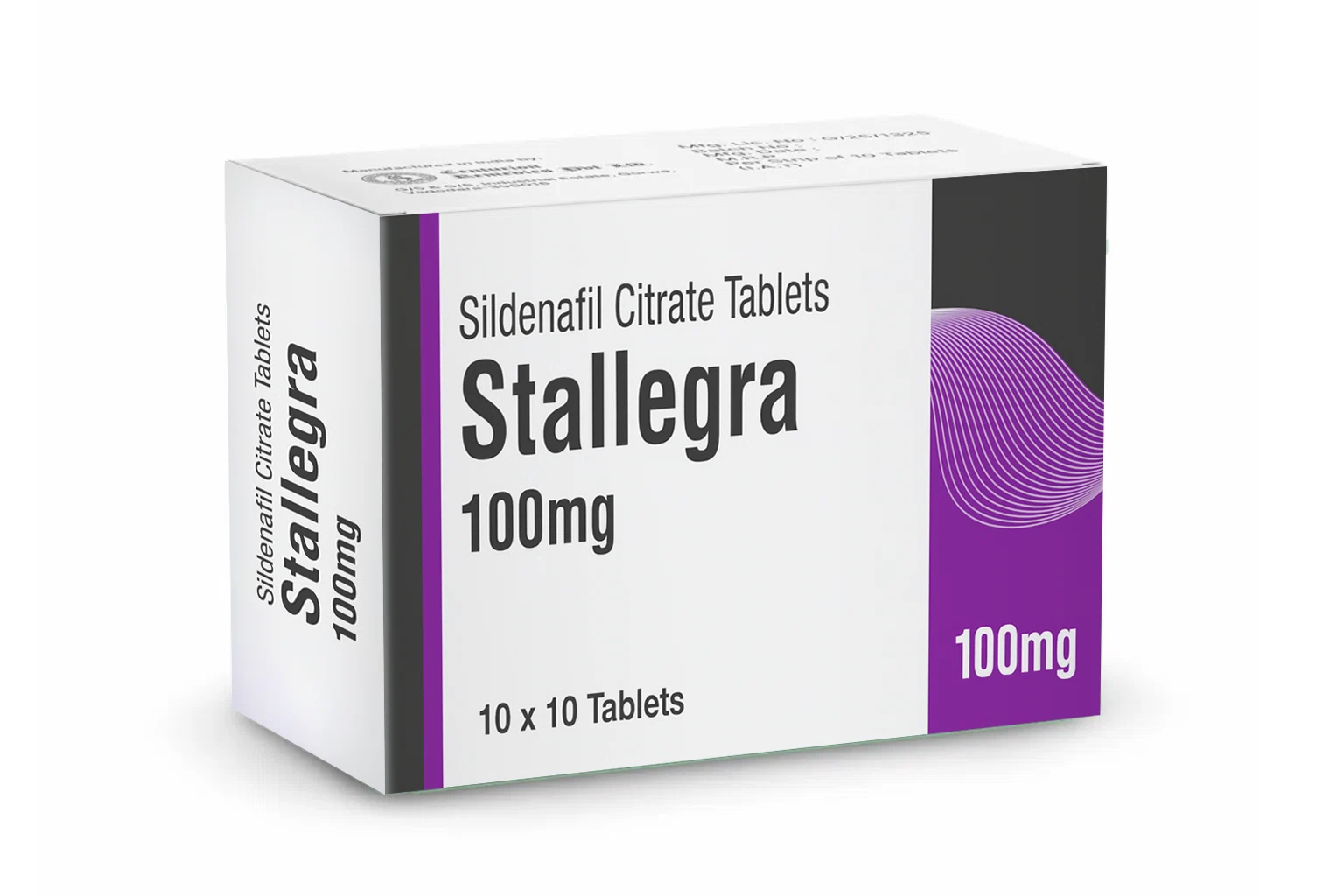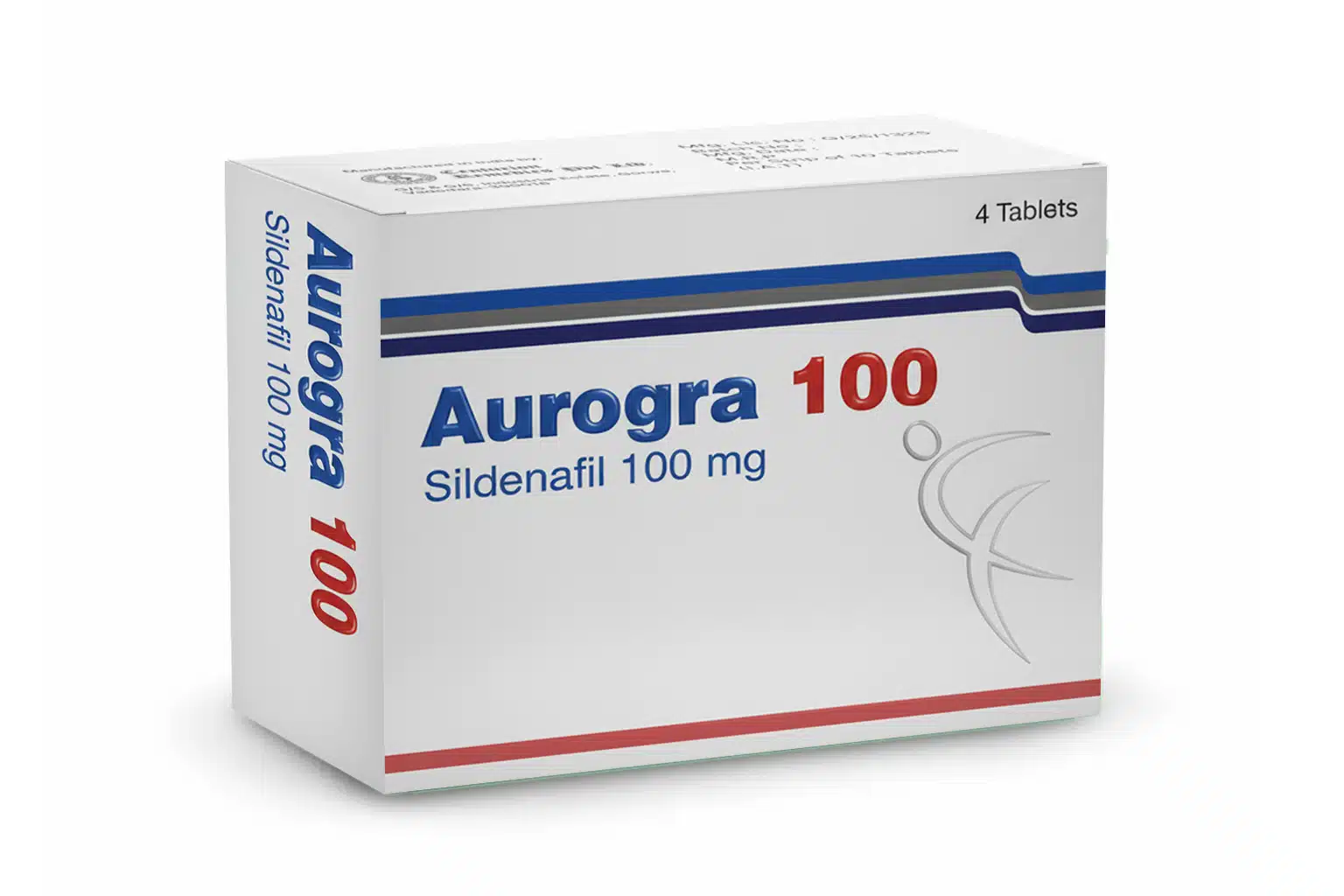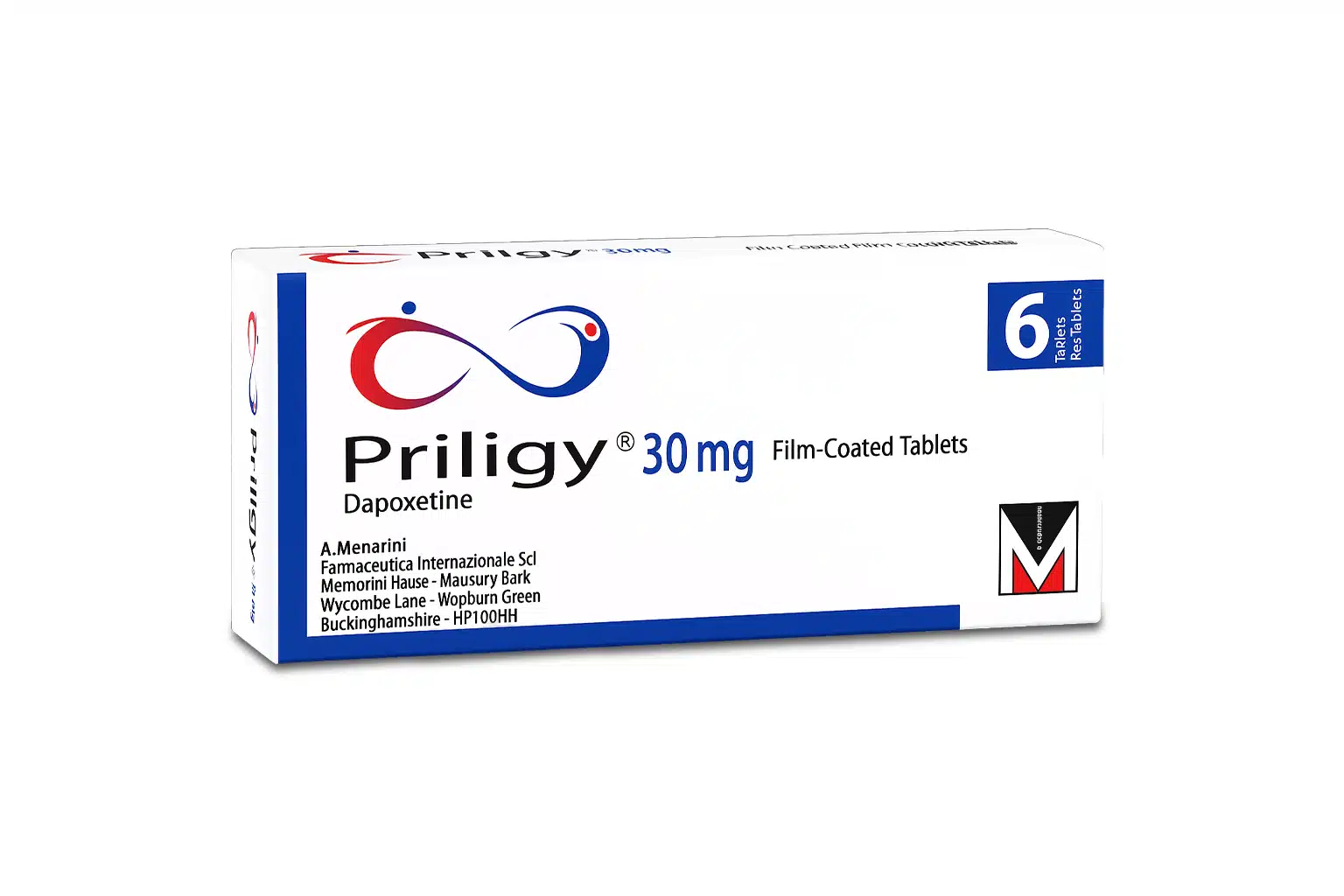Erectile dysfunction (ED) is common — and the good news is that treatments keep improving. If you’ve tried pills or pumps and still have questions, this guide explains what’s currently standard, what’s truly new, and what to watch out for when you search for things like Kamagra 100 mg, non-prescription ED pills, ED treatment online, ED injection drugs, or phrases like new ed cure and best ed treatment. I write in plain language and point you to the primary sources so you can read up on yourself.
The short bottom line is that oral PDE5 drugs (Viagra/sildenafil, Cialis/tadalafil, Stendra/avanafil) are still the first-line, most-tested option. Newer options — low-intensity shockwave therapy (LiSWT), stem-cell and PRP injections, and topical alprostadil creams — look promising but remain experimental or limited in approval and accessibility. Always talk to a licensed clinician before trying non-prescription or online products.
Where we are now: standard, safe options
Doctors still start with the least invasive, best-studied approaches:
- Lifestyle & medical optimisation — exercise, weight loss, better sleep, controlling diabetes/hypertension, quitting smoking. These changes often improve erections.
- Oral drugs (PDE5 inhibitors) — sildenafil (Viagra), tadalafil (Cialis), vardenafil, and avanafil (Stendra). These are broadly recommended as first-line medication for many men with ED.
- Vacuum erection devices and penile injections (intracavernosal alprostadil or combination injections) for men who don’t respond to oral drugs.
- Urethral suppositories of alprostadil (less common) and surgical implants (penile prostheses) for long-term, resistant ED.
The best option depends on the cause (vascular, nerve injury, hormonal, psychological), other health problems, and personal preference.
The real “latest” treatments, what’s legitimate and what’s hype
1. Low-Intensity Shockwave Therapy (LiSWT)
LiSWT is a treatment that uses focused, low-energy sound waves on the penis to encourage micro-repair, the growth of new small blood vessels, and better blood flow.
Evidence: Several randomized trials and reviews have shown that some men, especially those with vascular ED, have better erectile scores in the short term. However, the evidence is still changing, and the quality of the methods used to collect it varies. Major evidence reviews, such as the 2025 Cochrane review, show promise but call for larger, longer trials to find out which patients benefit the most and how long the effects last. LiSWT might help some men stop taking pills, but it’s not a cure that the FDA has approved for everyone yet.
Takeaway: Some men, especially those with vascular ED, may benefit from this, but many specialists still think it’s experimental and it’s not available or covered by insurance everywhere.
2. Gene and stem cell therapy
Researchers are testing gene therapies and injected stem cells that are meant to fix damaged nerves and blood vessels in the penis.
Evidence: Animal studies are promising, and early human trials show promise, but the results are not final. There is a lot of interest and clinical trials are going on, but there isn’t yet strong evidence from large-scale studies or long-term safety data. Many clinics advertise stem-cell “treatments,” but availability should not be confused with proven long-term benefit.
Takeaway: High potential but experimental. If you consider this, only do so inside regulated clinical trials or at reputable centers avoid off-label “pay-to-treat” offers with little oversight.
3. Platelet-Rich Plasma (PRP, the “P-shot”)
What it is: PRP is made from your blood and injected into the penile tissue to deliver growth factors.
Evidence: Recent meta-analyses and randomized trials indicate modest enhancements in erectile function compared to placebo, with side effects appearing infrequently in existing studies; however, the quantity of high-quality trials remains insufficient. We still don’t have long-term results or standard protocols.
Takeaway: PRP might help some men, but treat it as an experiment and make sure that clinics use sterile, standardized methods and are honest about their results.
4. Topical creams and gels (alprostadil creams)
What it is: A cream (alprostadil) applied to the penis to produce an erection without injections or pills.
Availability: Some formulations (e.g., Vitaros) are available in parts of Europe and Canada; they are not approved in every country (for example, not approved in the U.S. in the same way as some other treatments). Small trials show benefit in selected men.
Takeaway: A useful alternative for men who dislike injections or can’t take PDE5 inhibitors — but availability varies by country.
5. What about “new ED cures,” non-prescription ED pills, and online vendors (Kamagra 100 mg)?
- You’ll find many websites selling “non-prescription ED pills” or branded-looking products like Kamagra 100 mg (sildenafil gelatin/jelly). These are often unapproved, unregulated, and potentially dangerous. The FDA and other regulators warn consumers against unapproved erectile dysfunction products sold online — their doses and contents may be incorrect or contaminated.
Best Seller
-
Cenforce 100 Mg
Best Seller$24.00 – $215.00Price range: $24.00 through $215.00Rated 5.00 out of 5Shop Now This product has multiple variants. The options may be chosen on the product page -
Vidalista 5 Mg
Best Seller$18.00 – $182.00Price range: $18.00 through $182.00Rated 4.00 out of 5Shop Now This product has multiple variants. The options may be chosen on the product page -
Vidalista 40 Mg
Best Seller$28.00 – $276.00Price range: $28.00 through $276.00Rated 4.00 out of 5Shop Now This product has multiple variants. The options may be chosen on the product page -
Cenforce 200 Mg
best sellers$31.00 – $335.00Price range: $31.00 through $335.00Rated 4.00 out of 5Shop Now This product has multiple variants. The options may be chosen on the product page -
Cenforce Fm
Best Seller$33.00 – $218.00Price range: $33.00 through $218.00Rated 4.00 out of 5Shop Now This product has multiple variants. The options may be chosen on the product page -
Kamagra 100 mg
best sellers$24.00 – $125.00Price range: $24.00 through $125.00Rated 5.00 out of 5Shop Now This product has multiple variants. The options may be chosen on the product page -
Fildena 100 mg
best sellers$24.00 – $244.00Price range: $24.00 through $244.00Rated 4.00 out of 5Shop Now This product has multiple variants. The options may be chosen on the product page -
Malegra Oral Jelly 100 Mg
Best Seller$8.00 – $44.00Price range: $8.00 through $44.00Rated 5.00 out of 5Shop Now This product has multiple variants. The options may be chosen on the product page -
Super Kamagra Oral Jelly
Best Seller$25.00 – $120.00Price range: $25.00 through $120.00Rated 4.00 out of 5Shop Now This product has multiple variants. The options may be chosen on the product page -
Tadarise Oral Jelly
Best Seller$19.00 – $72.00Price range: $19.00 through $72.00Rated 4.00 out of 5Shop Now This product has multiple variants. The options may be chosen on the product page -
Careforce 200 Mg
Best Seller$29.00 – $332.00Price range: $29.00 through $332.00Rated 5.00 out of 5Shop Now This product has multiple variants. The options may be chosen on the product page -
Stallegra 100 Mg
best sellers$88.00 – $224.00Price range: $88.00 through $224.00Rated 5.00 out of 5Shop Now This product has multiple variants. The options may be chosen on the product page -
Exclusive
Aurogra 100 Mg
best sellers$29.00 – $76.00Price range: $29.00 through $76.00Rated 4.00 out of 5Shop Now This product has multiple variants. The options may be chosen on the product page -
Priligy 30mg
best sellers$22.00 – $156.00Price range: $22.00 through $156.00Rated 4.00 out of 5Shop Now This product has multiple variants. The options may be chosen on the product page
- Kamagra is a foreign product frequently sold online; it is not FDA-approved for sale in the U.S., and similar products sold without a prescription are counterfeit or unsafe. Buying ED drugs from unverified online sources risks harmful side effects and drug interactions (for example, with nitrates or certain heart medicines).
Takeaway: Don’t buy pills or “jellies” from random online sellers. Use licensed telemedicine services or pharmacies that require a valid prescription — that protects you from fake or dangerous products.
Practical guide: How to pick the right option
- See your doctor first. ED can signal heart disease, diabetes, or hormonal issues — get a basic workup.
- Try proven first-line care (PDE5 inhibitors + lifestyle changes) before experimental options.
- If pills don’t work, ask about vacuum devices, injections (alprostadil), or specialist referral for implants.
- If you’re curious about LiSWT, stem cells, or PRP: ask whether you’re a candidate, whether the clinic participates in research, what the evidence says, costs, and risks. Prefer clinical trials or university hospitals.
Final words
If you’re looking for the best ED treatment, start with a medical checkup and evidence-based options (PDE5 inhibitors, lifestyle changes). If standard care fails or you want alternatives, ask your doctor about clinical trials or reputable specialty centers for LiSWT, PRP, or investigational stem-cell programs. Avoid buying pills (like Kamagra) from unknown online sellers — they’re risky and often unapproved.
This article is informational, not medical advice. Talk to a licensed healthcare professional for diagnosis and treatment tailored to you.
FAQs
1. Can I try a “new ED cure” right now?
Not a cure for everyone. There are a few promising treatments (LiSWT, stem cells, PRP), but none of them are a sure thing that will work for everyone. Many are still being tested and are best accessed through clinical trials or specialized centers.
2. Are “non-prescription ED pills” safe?
No, a lot of them are not regulated and could be fake or dirty. They may have doses that aren’t always the same or drugs that aren’t obvious, and they may interact with other drugs in dangerous ways. Always get your ED meds from a real doctor or pharmacy.
3. What is Kamagra 100 mg? Is it the same as Viagra?
Kamagra says that sildenafil (the drug in Viagra) is in its products, but many of them are not approved and are sold without government oversight. There is no guarantee that their contents are safe. Stay away from sources that haven’t been checked.
4. Do PRP or shockwaves need to be treated regularly?
Yes, a lot of the time—protocols are different. Some men need to take the course again; researchers are still looking into how long it lasts. Talk to your doctor about how long things will take and how much they will cost.
5. Are shots safe?
Intracavernosal alprostadil and combination injections work and are often used with the help of a doctor. Pain, bleeding, or priapism (an erection that lasts a long time) are some of the risks. Training and follow-up are very important.
6. Will these new treatments be covered by insurance?
Usually not for experimental treatments like LiSWT, stem cells, or PRP. Depending on your plan and country, standard treatments like PDE5 drugs, pumps, and implants may be covered.
References
https://www.ncbi.nlm.nih.gov/books/NBK603743/
https://pubchem.ncbi.nlm.nih.gov/compound/Tadalafil
https://www.ncbi.nlm.nih.gov/books/NBK562253/



